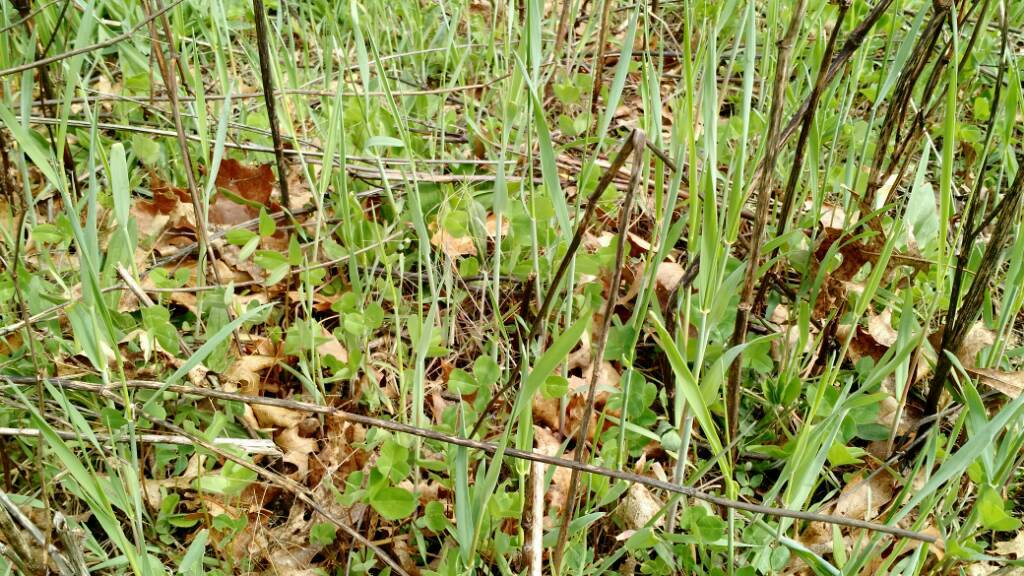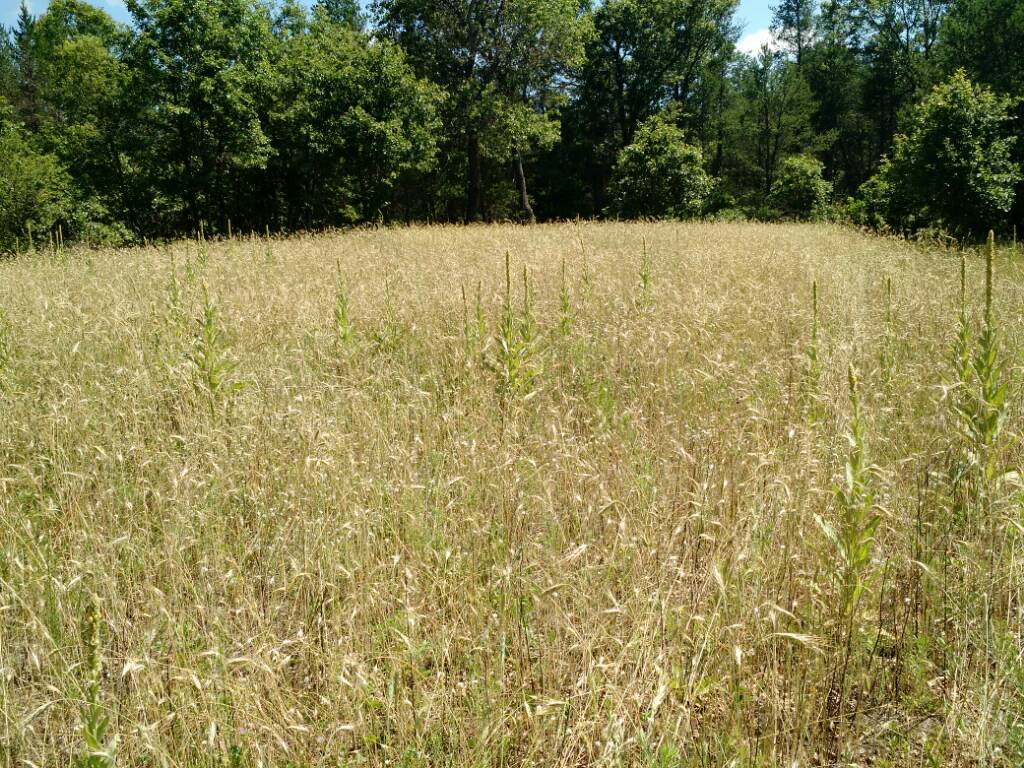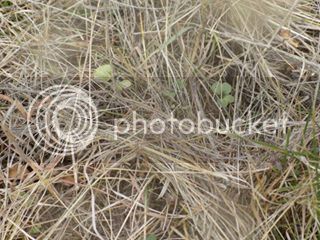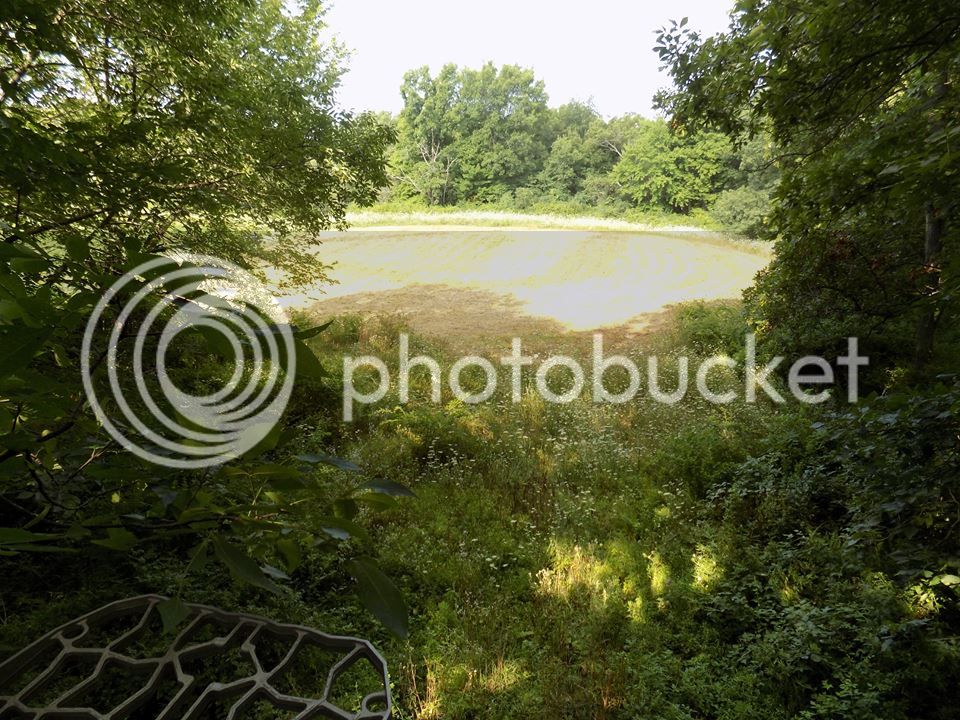Catscratch
5 year old buck +
Wheat is king here for pretty much the whole winter (hardly any snow though). Rye gets very little use. Turnips rot in the ground, radishes get some use but it doesn't last real long.My rye is now covered with about 2-3 inches of snow. The deer simply do not dig through the snow to get at rye by me, even when it's just a couple inches. They will dig deep to get at turnips but I don't have any this year. The rye won't shine for me again until early spring when the snow melts.









